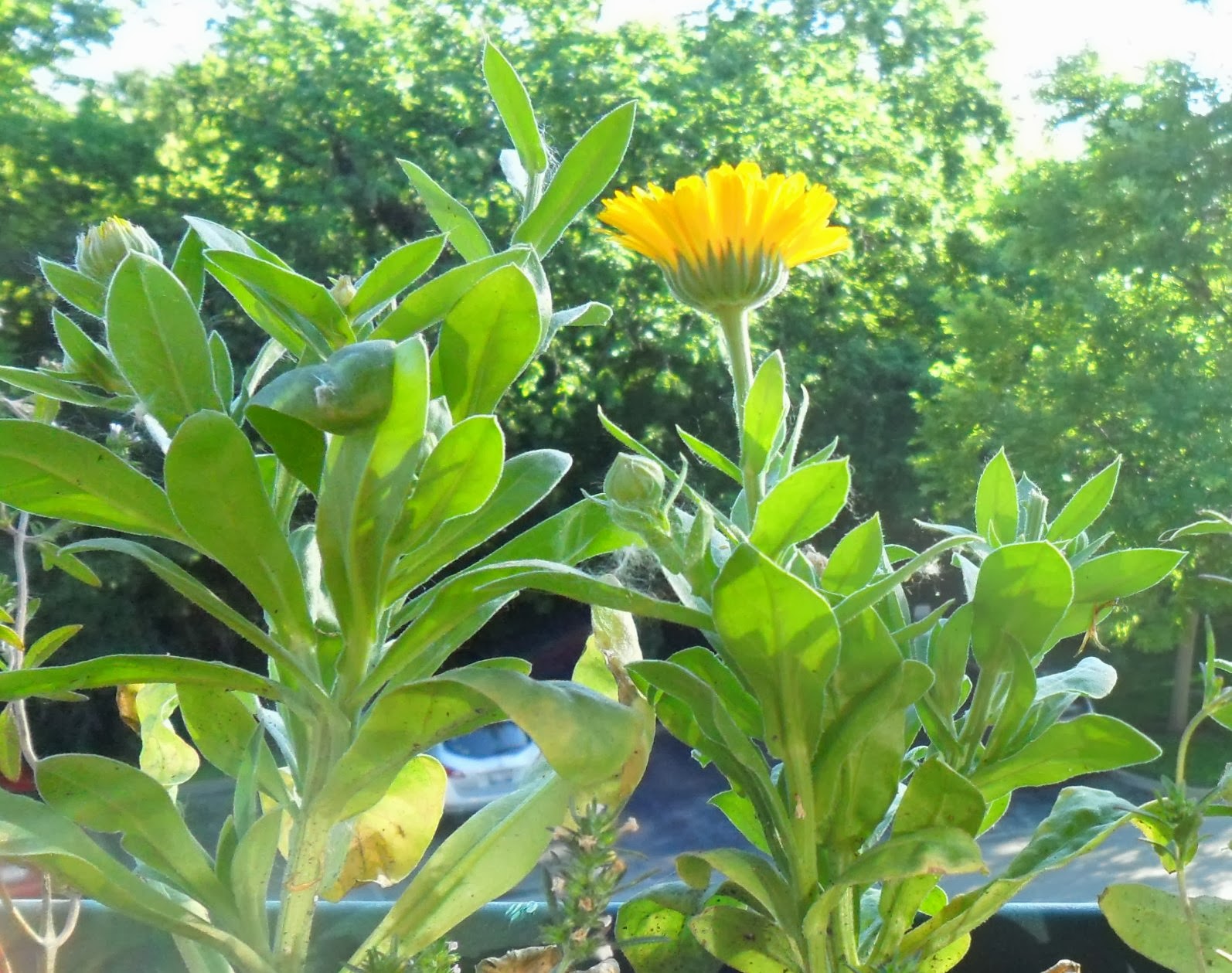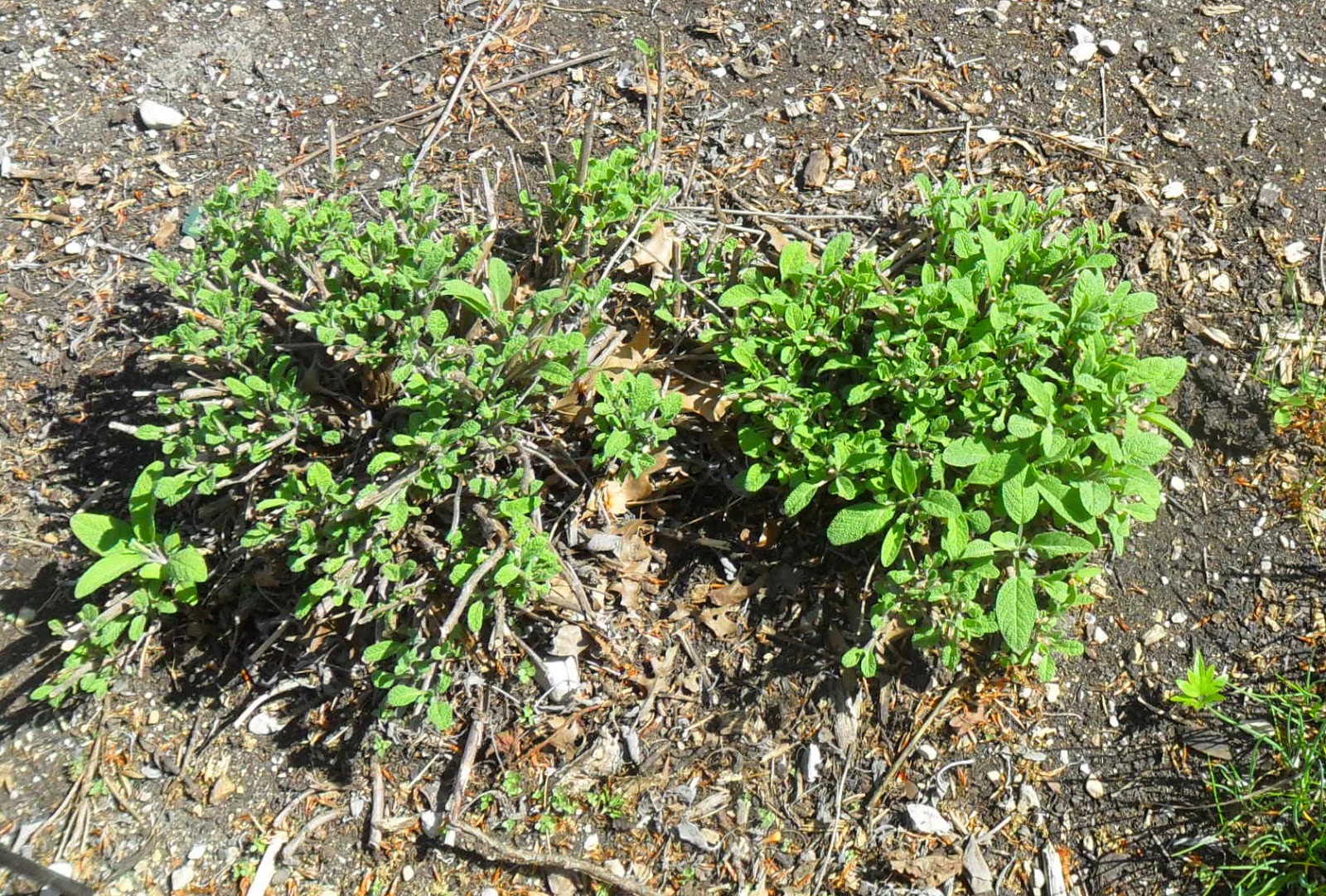January gave me great weather for herb garden designing. It has been too cold or snowy to do anything
else. I have been repeatedly trapped in
my apartment with nowhere to go and a book shelf full of books on landscaping,
flowers and herbs.
Since
this year we plan to get back into a house and I can actually have a pretty
garden in addition to my production garden, I am pondering, scheming and
planning. I thought I would share some
of the garden ideas I have pulled together.
Today
I have for you a garden filled with herbs that can be used to craft personal
Spa items. What could be better than a garden planned around plants that can be
used to make luxurious, pampering potions for the bath and body? So many herbs
make wonderful contributions to health and beauty, why not put them all in one
place for easy access? Here are a few of my favorites that not only look great
in the garden but will provide you with pure and effective spa treatments.
My first choice is calendula, Calendula
officinalis. This sunny, easy to grow annual, also called pot marigold, can
be used in lotions, balms, ointments, bath teas and facial steams. It prefers
full sun, well drained soil and moderate watering. Calendula blooms all summer
into fall and gives you lots of volunteer seedlings the next year. Harvest the
yellow and orange blooms for a bevy of skin soothing treatments.
Comfrey, Symphytum officinale,
is a must for the spa garden. Rich with allantom, a chemical that promotes
cell regeneration, the whole plant is used in soaps, lotions, creams and
salves. Very soothing to dry, irritated skin. Give it partial shade and a
little extra water and it will return yearly.
Chickweed, Stellaria media, is
another of my favorite plants. Considered a weed, it is a pretty little
groundcover plant covered with white flowers. It is full of vitamins and
minerals and is a tasty replacement for spinach in the kitchen. I harvest it
throughout the winter where it hides under the snow. It likes to grow where it
is cool, shady and wet. Very soothing for dry, irritated skin, I use it in salves,
lotions, poultices and bath teas.
Nettles, Urtica dioica, is
a bristly plant full of trace minerals used for its anti-inflammatory effects
on allergies, but it has been used for years as a hair tonic. A strong tea of
the dried leaves used as a hair rinse will leave your hair soft and glossy. The
seeds made into oil and rubbed into the scalp are reputed to prevent baldness.
Nettles like to grow on the shady side with extra water. They can spread
quickly if you provide the ideal conditions, so keep an eye on them and harvest
with gloves.
Roses (Rosa) are a beautiful
addition to your spa garden. The petals can be steeped to make rosewater, and combined
with glycerin will provide a simple, effective lotion that will moisturize and
tone dry, inflamed skin. Try dipping a washcloth into strained, cold, rose
petal tea, wring it out and place over red, irritated eyes to relieve and
refresh. Give roses full sun and rich soil to keep them happy.
Aloe is renowned for its healing
properties. Squeeze the gel from the leaf onto burns, rashes, and irritated
skin to provide immediate relief. Aloe likes full sun, little water and needs
to be taken inside once it gets cold. They make great houseplants.
Catnip (Nepata cataria) is often discounted as an herb for people,
but it is soothing, calming, a light sedative, purifies the blood, relieves
colic, works as a digestive aid, and is mild enough for small children.
Lavender, Lavandula officinalis, is very soothing to skin and easy to grow,
give it a hot, semi-dry area. I use the leaves and flowers in everything, from skin
spritzers, creams and salves to hair rinses. Medicinally,
lavender packs quite a punch. It has antiseptic, anti-bacterial,
anti-fungal, anti-inflammatory, anti-convulsive, anti-depressant properties.
Lavender benefits stress, anxiety, exhaustion, irritability, headaches,
migraines, insomnia, depression, colds, digestion.
Use an elderberry bush for
something tall in back of your garden. It will provide you with fragrant
flowers to dry and use to tighten pores and clarify skin. Used in a bath it
will soothe and moisturize irritated skin. And take internally to avoid
illnesses and boost immunity. Elderberry
will grow in sun or part shade and appreciates regular watering.
Some other plants to include are
witch hazel, lady's mantle, raspberry, peppermint and lemon balm.
And to get you thinking how to use these herbs. Here are a few recipes to get you started:
Rose Water
Cover 2 cups of unsprayed, fresh
rose petals with 2 cups of boiling water. Steep until cool or overnight, strain
and use. Keep leftovers in refrigerator. To make a stronger brew, after
straining the first batch, reheat, but don't boil, and pour the rose water over
a fresh batch of petals to steep.
Herbal Hair
Rinse
1 tablespoon each of dried
nettles, rosemary, lavender, dried rose petals and chamomile. Pour 1 cup boiling
water over herbs and steep until cooled. After shampooing and conditioning,
pour tea over hair and wring out excess. Dry as usual.
Lavender
Catnip Honey for Women
Honey can
help shed water weight, clear lymph nodes and balance lymph fluid, dry out
sinuses, increase circulation, aid in the healing of ulcers, sooth sore throats
and coughs, and help reduce allergies (if using for this purpose, make sure you
use local honey.
Combine 1 cup
honey with 1 Tbls. fresh or dried catnip and 2 Tbls. fresh or dried lavender
flowers. Warm the honey in the microwave
or saucepan and allow to steep for 1 to 2 weeks. Rewarm and strain out the herbs. Then use in tea, or as an ingredient in
lozenges or take off a spoon for a sore throat.
Lavender Hand Cream
3
tablespoons grated beeswax
½
cup dark sesame oil
1
tablespoon coconut oil
1
teaspoon honey
2
tablespoons spring water
2
to 3 drops lavender essential oil
1/8
teaspoon baking soda
Directions:
Combine
all ingredients in a heat-resistant container or double boiler. Gently heat (do not boil) the mixture in a
microwave or on the stove top over medium heat, stirring often, until wax and
oils melt completely. Pour the mixture
into a container or jar and allow it to cool.
After it has cooled completely, give it a final stir before capping. To use, massage the cream into clean hands.
Always
make this in small batches as it has no preservatives and you do not want it to
go bad before you use it. I think a 6 to
12 month shelf life is about all you can hope for.






No comments:
Post a Comment